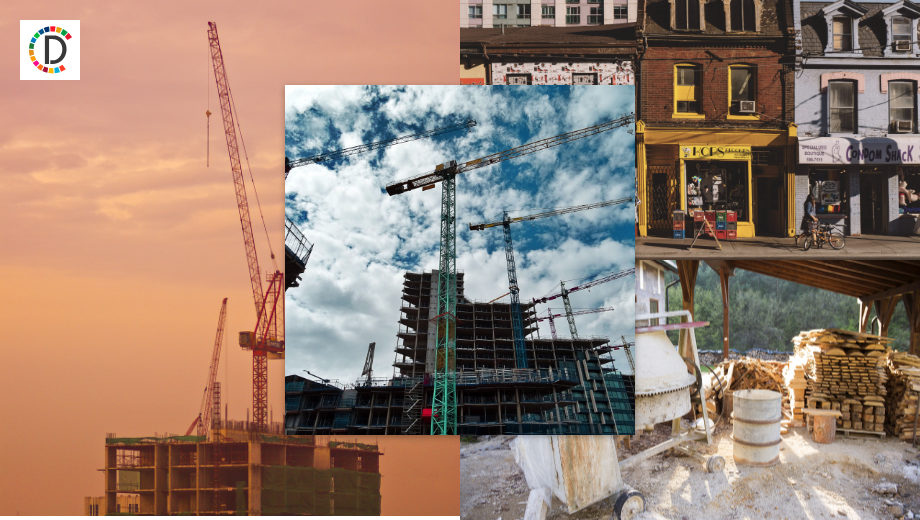Deadline for redesigning seven Delhi roads extended till March 2021
The deadline for the redesigning of seven roads in Delhi has been extended from December till March 2021 due to COVID-19, with Chief Minister Arvind Kejriwal directing the PWD for appointment of consultants for the project at the earliest.

- Country:
- India
The deadline for the redesigning of seven roads in Delhi has been extended from December till March 2021 due to COVID-19, with Chief Minister Arvind Kejriwal directing the PWD for appointment of consultants for the project at the earliest. The Public Works Department (PWD) should remove all hurdles in the redesigning of the city roads along the lines of European cities, Kejriwal said at a review meeting on Thursday.
"The process of appointing consultants for the redesigning of roads is at its last stage. The PWD should complete the process at the earliest," he said. A green belt, separate lanes for cyclists and pedestrians, attractive designs on the walls along the roads, open parks adjacent to the roads, separate parking spaces for autorickshaws and e-rickshaws will be part of the redesigning project.
The pilot project is a build-operate-transfer (BOT) model and the construction company will have the responsibility to maintain the roads for 15 years. The earlier deadline of December for redesigning the first seven roads has been extended till March 2021 due to COVID-19, a government statement said. The seven roads, each with a width of 100 feet, cover a total stretch of 500 kilometres. The project was approved by the Delhi government in November 2019.
The redesigning is expected to solve the problem of traffic bottlenecks and other issues through proper planning and mapping. The bottlenecks lead to traffic congestion at various locations. The priority will be removing these bottlenecks first for a smooth flow of traffic and an organised lane system, the statement said.
The second goal would be the best utilisation of the open spaces along the roads. There will be measured and planned spaces for motor vehicles, non-motorised vehicles, footpaths and side-lanes, it said. The footpaths will be 10 feet wide on an average for the convenience of pedestrians. The footpaths will be redesigned and reconstructed in accordance with a standard height for the convenience of differently-abled people.
There will be separate spaces for the planting of trees on the sides of the footpaths and parking spaces for electric vehicles and autorickshaws alongside the footpaths. The slope of the roads as well as drains will be redesigned to tackle the problem of waterlogging. Rainwater harvesting structures will be built inside the drainage system to store rainwater as groundwater.
Every inch of the surface along the roadside will be covered with grass and shrubs to ensure dust control, the statement said..
(This story has not been edited by Devdiscourse staff and is auto-generated from a syndicated feed.)










